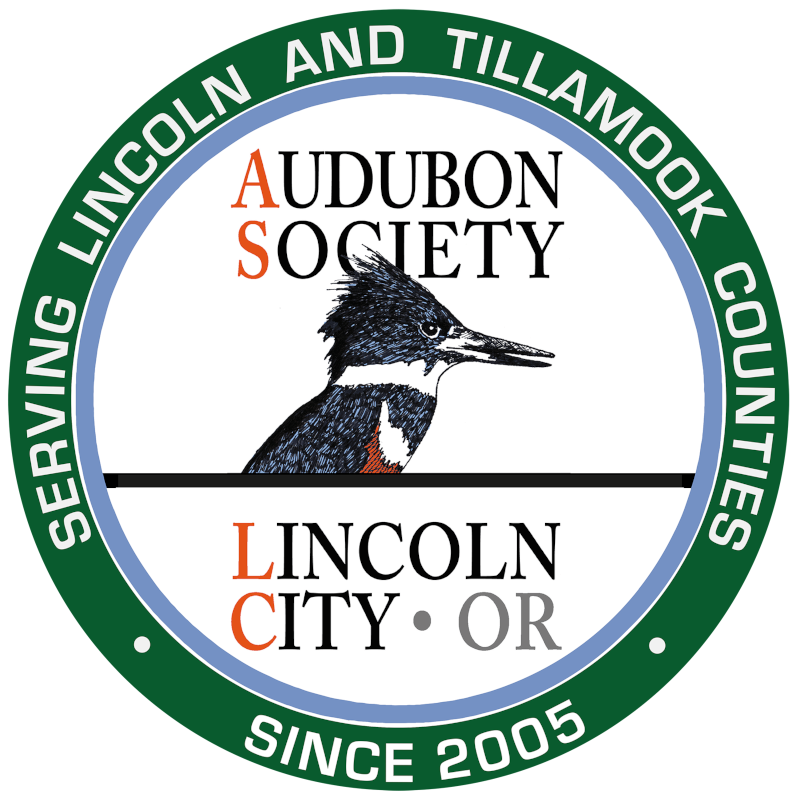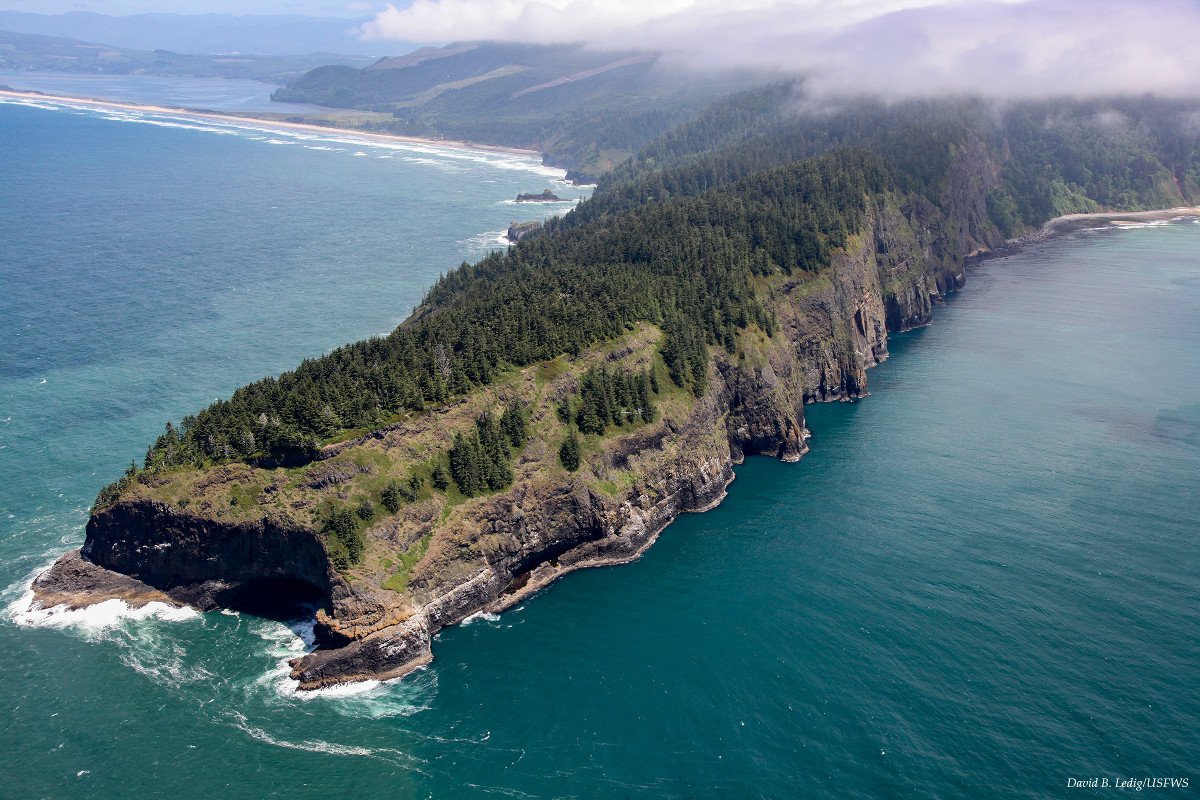The Oregon Coast Rocks!
Cape Lookout
Cape Lookout is one of the most beloved headlands on the Oregon coast, featuring beautiful trails through Sitka Spruce and sheer cliffs that drop 400 feet down to the sea. What began as a volcanic lava flow has become essential habitat, alive with nesting bird colonies, fish, crabs, sea stars, kelp forests, and even migrating gray whales.
Cape Lookout’s breathtaking views, magnificent rock formations, and abundant marine life are a centerpiece for our community. Residents and tourists alike come to Cape Lookout to hike, fish, surf, observe wildlife, view the scenery, take photos, and enjoy the outdoors.
Much of the rocky habitat at Cape Lookout is now a Marine Conservation Area. This designation for rocky habitats and nearshore natural resources at Cape Lookout helps:
Protect migrating and nesting seabirds on cliffs facing both north and south. Some colonies on the south cliffs are home to more than 8,000 birds including cormorants, Common Murres, and Pigeon Guillemots.
Protect seal haulouts (places where seals rest and reproduce) during the critical reproductive season.
Monitor and restore our kelp forests, which are nurseries for many fish species critical to commercial and recreational fisheries. Kelp helps mitigate climate change by storing carbon and provides habitat for creatures that nourish gray whales and seabirds. Like our coastal rainforests, a kelp forest is one of the most productive ecosystems on Earth.
Create opportunities for the thousands of annual visitors to Cape Lookout to learn more about the area’s natural resources—and how to enjoy them safely and responsibly.
Educate boaters and drone enthusiasts about methods to avoid disturbing seabird nesting colonies, which can lead to catastrophic nest failure.
Preserve Cape Lookout in its natural state for all of us to enjoy and appreciate—now and in the future.
Site specific management for the MCA relies on stewardship and education rather than regulatory restrictions to protect rocky habitat natural resources. Interested in volunteering to be a rocky habitat steward or help on visitor interpretive programs? Join a community science team to monitor rocky habitat marine life— or just pause to take in the beauty of Cape Foulweather.
Looking out for Cape Lookout
by Nora Sherwood
Cool, spruce-scented breezes envelop you on your hike down the dark, cushioned, mossy trail to one of the most astonishing promontories on the Oregon coast. The path edges by heart-stopping sheer cliffs plummeting 400 feet down to the sea as you wind out to the cliffs on the western tip. An ancient lava flow stretched from a volcano in eastern Oregon and poured into the sea exactly here.
Cape Lookout State Park is a long, thin strip of land that juts out a mile-and-a-half into the Pacific Ocean. Perched on the edge of the continent, 10 miles south of Tillamook and 35 miles north of Lincoln City, this place offers a glimpse of the Oregon coast before extractive timber farming destroyed most coastal habitat. A jumble of local, state and federal regulations have helped preserve places like this one along the Oregon coast, but not even Cape Lookout is fully protected.
Massive old-growth Sitka spruce, some of the few left on the coast, insulate you from the buffeting winds that threaten to sweep you off the cliff at the point. If you are lucky, you may see migrating gray whales. Look down at them just below — spouting, breaching and tail-slapping on their annual migrations north and south, as they glide around the point.
Seabird colonies — common murres, black oystercatchers, Brandt’s cormorants, pigeon guillemots and the ubiquitous Western gulls — flock to where the ocean and the land meet at the base of the cliffs. Steep and rocky crags keep the most dangerous predators, including you, at bay. Birds feed on the mussels, mollusks, sea stars, crustaceans and fish in this unspoiled spot. The harmony between undisturbed offshore and rocky shore habitats benefits the entire ecosystem, from algae and kelp to anemones and crabs to scoters and bald eagles and, of course, those glorious grey whales.
Cape Lookout offers a rare view of biodiversity we all must cherish if we are to survive on this planet. The Audubon Society of Lincoln City is identifying locations that offer high impact opportunities to preserve pristine and critical rocky habitats, and are considering whether to lobby for additional protections for Cape Lookout as part of our Rocky Habitat focus. What do you think?
Download these printable flyers and help spread the word:
Five reasons to protect rocky habitats
Additional Information:
Birds that rely on our coastal habitats







